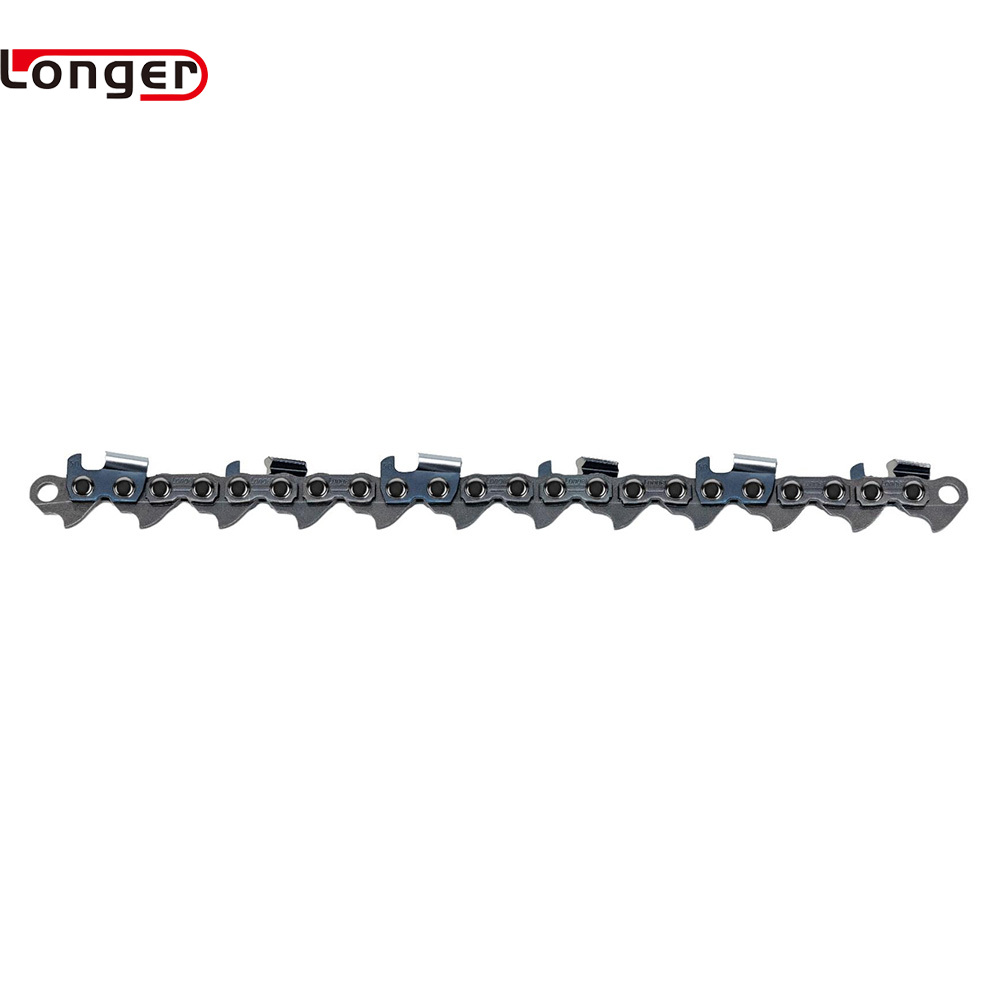Replacing the nose of a guide bar on a chainsaw is a relatively straightforward process, but it does require some care and attention to ensure safety and proper functionality. The nose of the guide bar is the front tip where the chain travels around the bar. Over time, this part can become worn or damaged, and it's important to replace it when needed to maintain the chainsaw's performance. Here are the general steps to replace the nose of a guide bar:
Note: Before beginning, make sure your chainsaw is turned off and the spark plug disconnected to prevent any accidental starts.
Tools and materials you may need:
Replacement nose of the guide bar
Screwdriver or socket wrench (size may vary depending on the chainsaw model)
Chain tensioning tool (if necessary)
Safety gear (gloves and safety glasses)
Steps:
Ensure Safety: Put on your safety gear, including gloves and safety glasses, to protect yourself from any sharp edges or debris.
Remove the Guide Bar and Chain:
Loosen the chain tension by turning the chain tensioning screw counterclockwise. This will reduce the tension on the chain and make it easier to remove.
Remove the guide bar and chain from the chainsaw. To do this, release the chain brake if engaged, and slide the guide bar and chain assembly away from the chainsaw's body.
Remove the Old Nose:
Locate the fasteners holding the old nose in place. These are usually screws or bolts located on the nose side of the guide bar.
Use the appropriate screwdriver or socket wrench to remove the fasteners. Be sure to keep track of the screws or bolts for reassembly.
Detach the Old Nose: After removing the fasteners, carefully slide the old nose away from the guide bar. It should come off relatively easily.
Attach the New Nose:
Take the replacement nose of the guide bar and align it with the guide bar's groove.
Insert any fasteners that were removed in step 3 back into their respective holes on the new nose. Make sure they are tightened securely but not over-tightened, as this could damage the guide bar.
Reassemble the Guide Bar and Chain:
Slide the guide bar and chain assembly back onto the chainsaw, ensuring that the chain fits into the groove on the guide bar.
Re-tension the chain by turning the chain tensioning screw clockwise until the chain is snug but not overly tight. It should still be able to move freely along the guide bar.
Check Chain Tension: Before operating the chainsaw, double-check the chain tension. It should have just enough slack to be pulled slightly away from the guide bar but not so loose that it sags.
Reconnect Spark Plug: If you disconnected the spark plug at the beginning, reconnect it.
Test: Start the chainsaw and check for proper operation. Ensure that the chain moves smoothly around the guide bar and that there are no unusual vibrations or noises.










